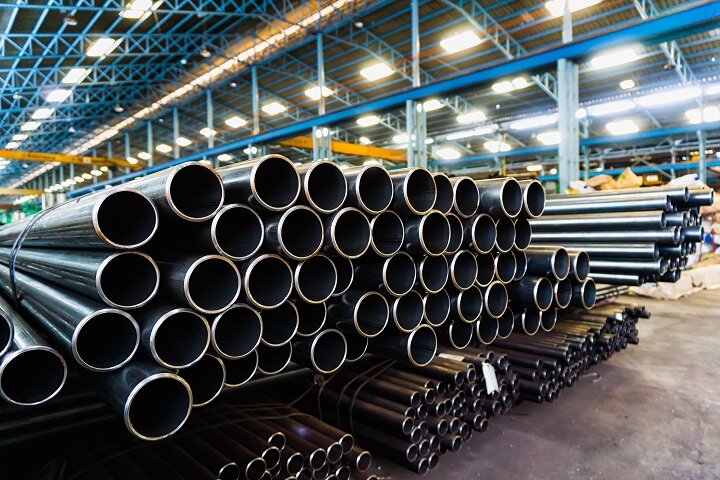One of the most important things that provide groundbreaking contributions to modern infrastructure is various types of pipes. The experts use different types of pipes in various industries from underground water to power lines.
According to various researches, the oil and natural gas industry alone has used more than 2.5 million pipes. But you may wonder how these pipes are made and how can the pipe manufacturing industry supply countless miles of pipes to other industries. The process of manufacturing pipes and tubes has evolved over time. In this article, we will show you the manufacturing process in detail and why you should purchase pipes from steel pipe fabricators.
The Process at a Glance
As you know that oil and gas industry uses steel pipes for storing and transporting hydrocarbons. Many steel pipes can be welded. These welded steel pipes are made from a steel billet. The billet is made from long flat pieces of steel and after that the experts heat and pierces the element. After that, they curve the material into a tube shape and seal it along with the seam.
There are three steps to make pipes. In the beginning, the experts transform the raw steel into a more workable form, after that, they fabricate the pipes in a pipe mill. Next, the experts cut and modify them based on customers’ requirements.
Process in Detail
1. Slabs and Blooms
In this step, the experts melt the coke and iron ore and blast with oxygen to remove the carbon. Next, they pour the solution into molds to create raw steel ingots. After that, they process the ingots to make blooms. Then, the blooms are used to create the billets that contribute to the process to make seamless pipes and slabs. After a few processes, the material becomes a welded pipe.
2.Welded Pipe
After forming into slabs, the experts process the material by heating, coating and rolling and form into skelp. Then, the coil the skelp and make these into welded pipes.
3.Electric Resistance Welding
In this stage, the experts unroll and heat the skelp and pass through grooved rollers. It helps them to make the ends curl up and form the shape of the pipe.
4.Longitudinal Submerged Arc Welding
In this process, the steel pipe fabricators submerge the weld and the arc zone under a layer of fusible flux. It is made from steel plates and used for pipes that are larger than 24 inches.
Call for Professionals
If you wish to get quality steel pipes for your company, then call International Pipe & Supply as they offer customized options through a variety of steel fabrication services. Our experts have inspected hundreds of thousands of pipes and welds for various clients throughout the world.

